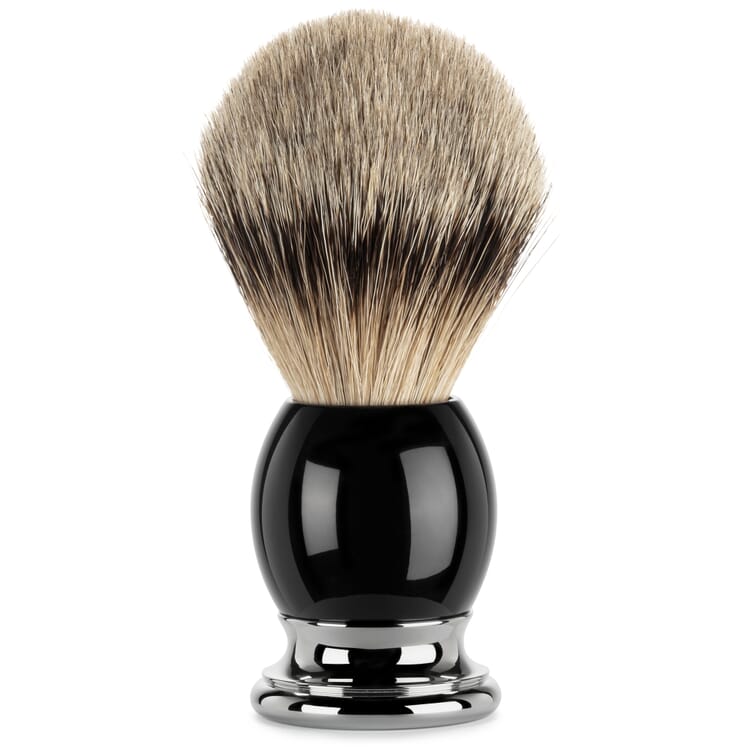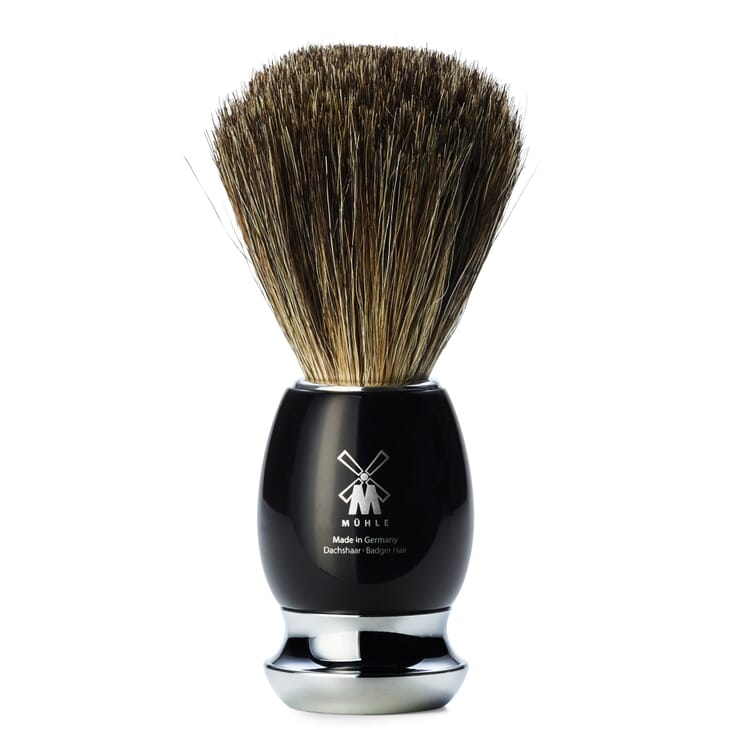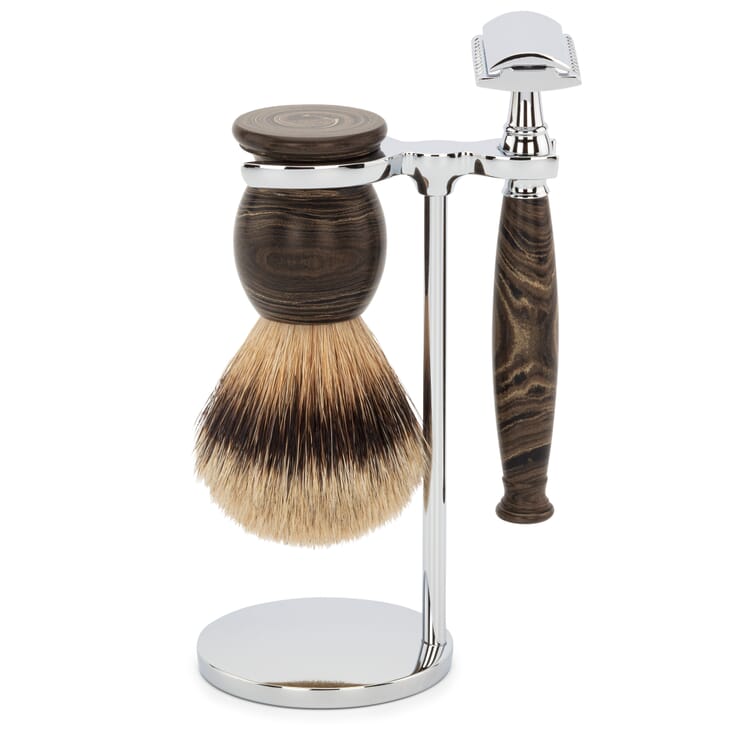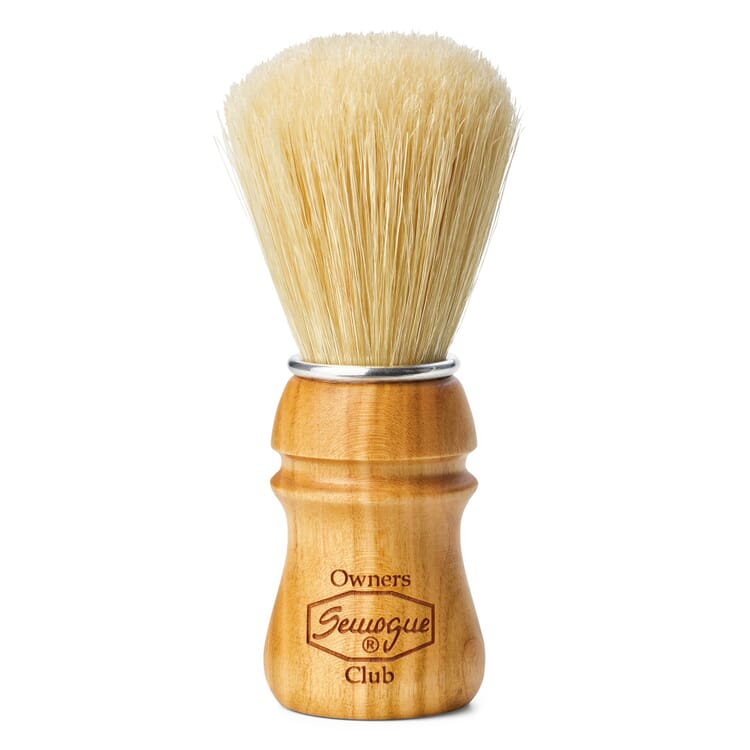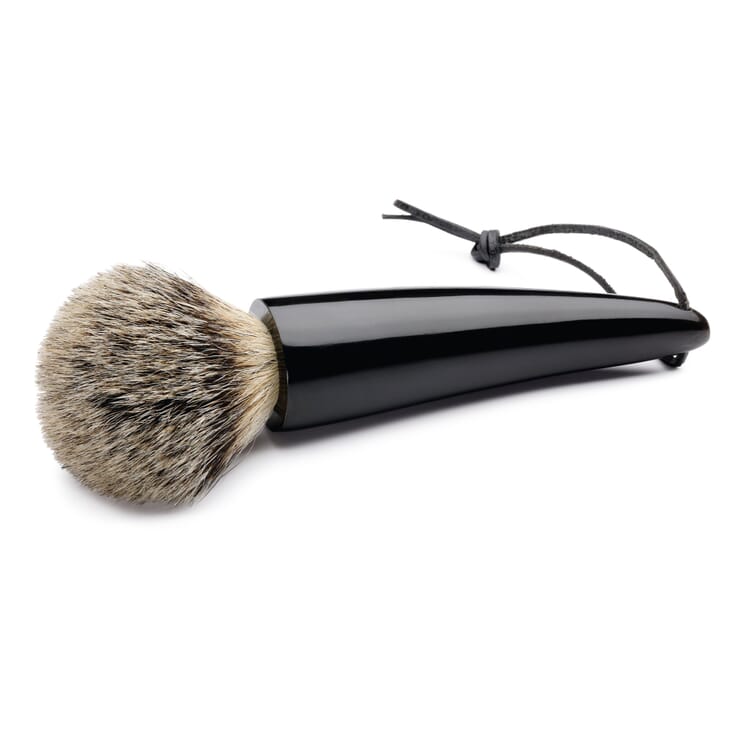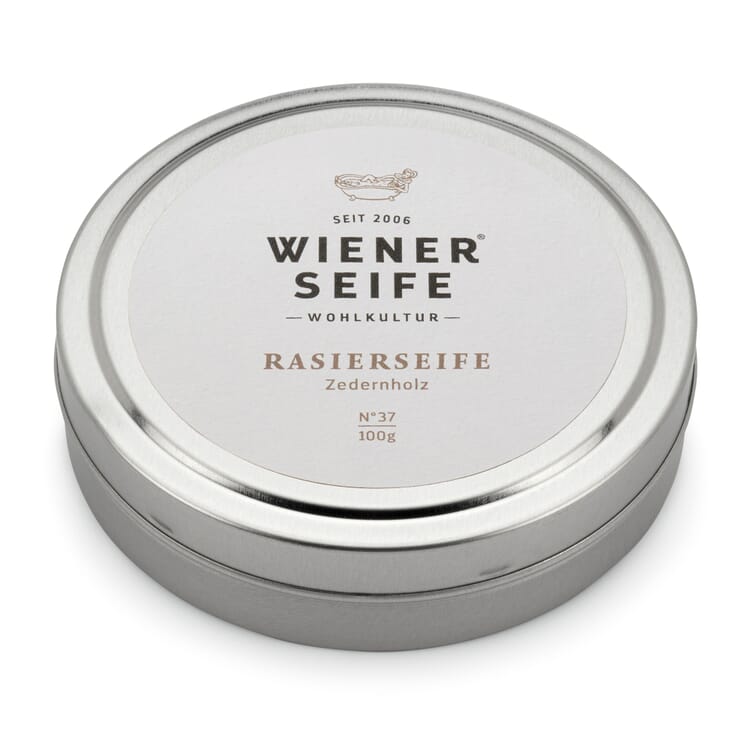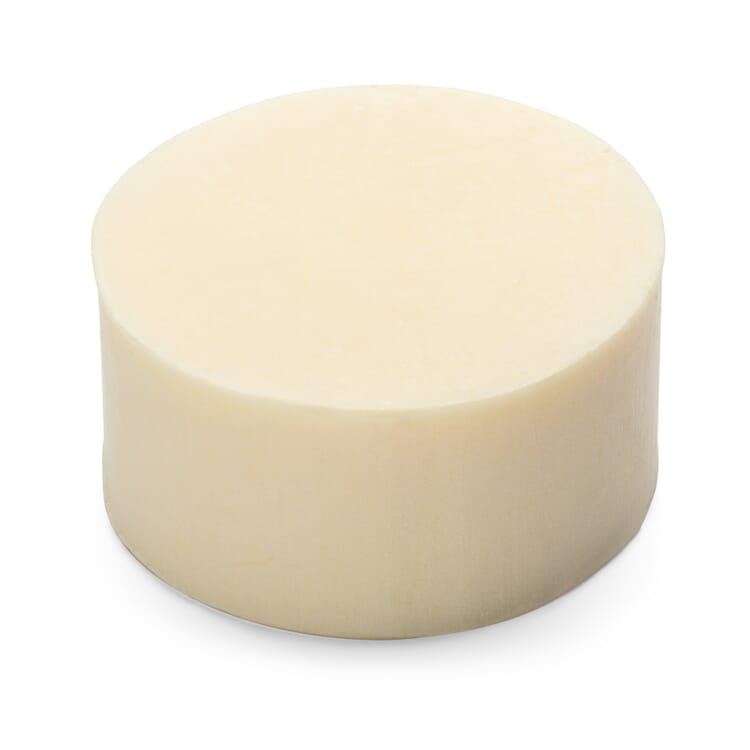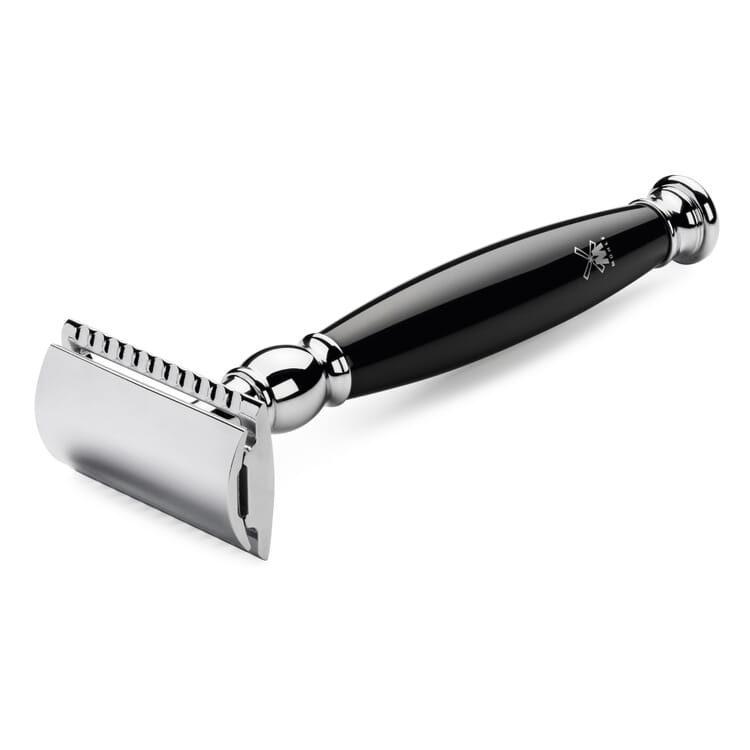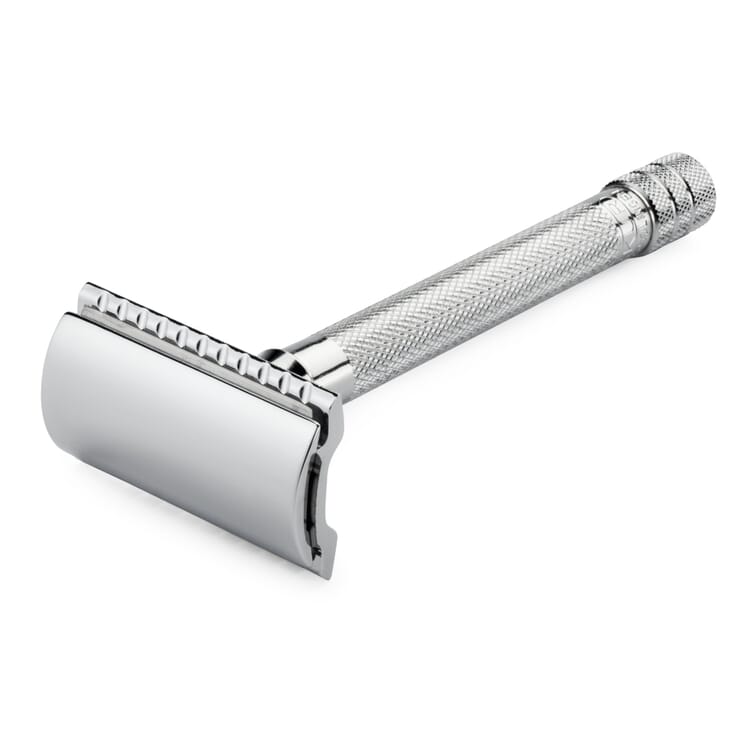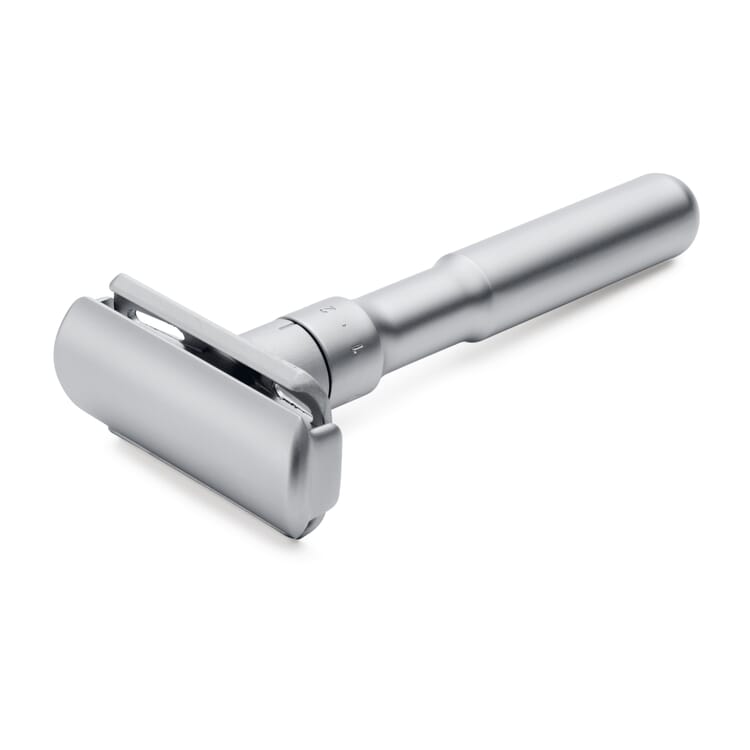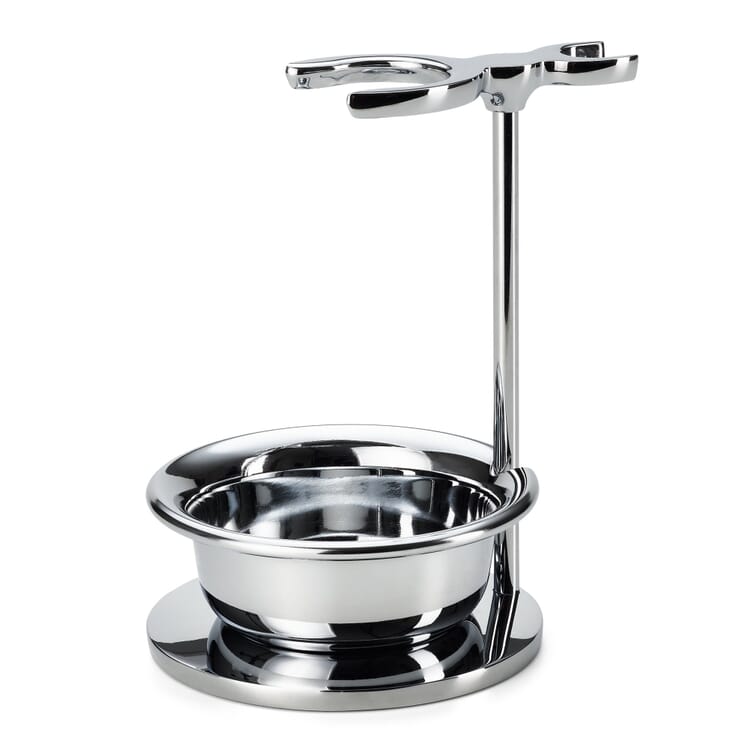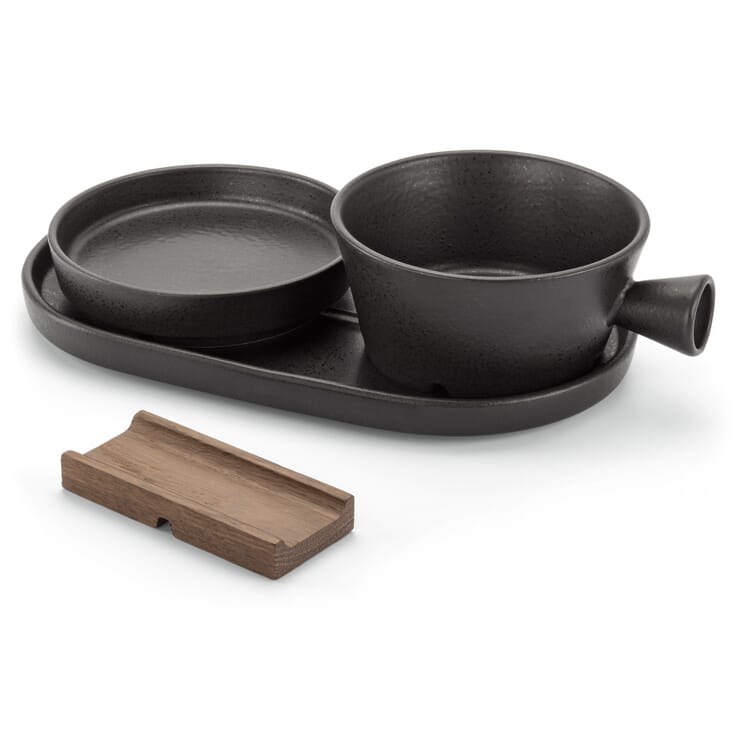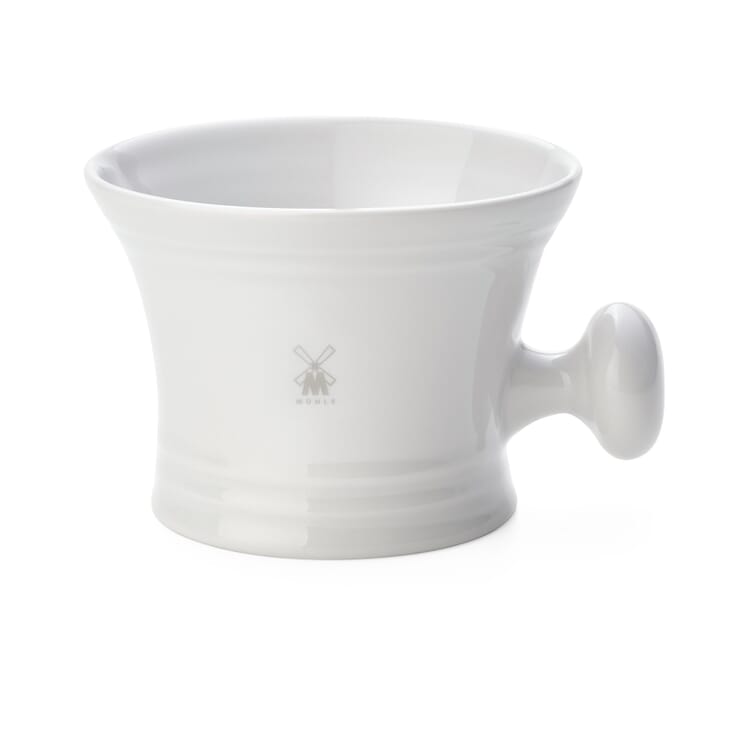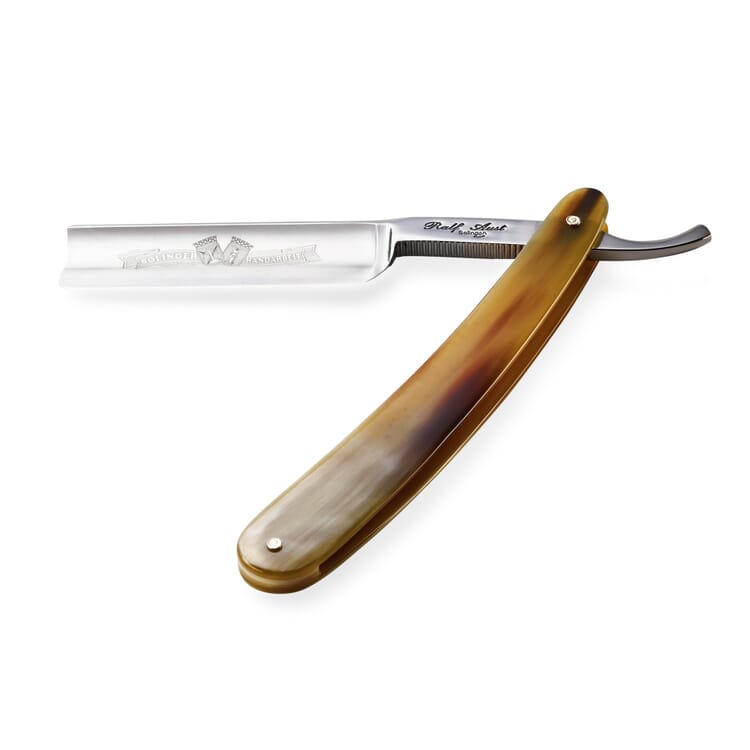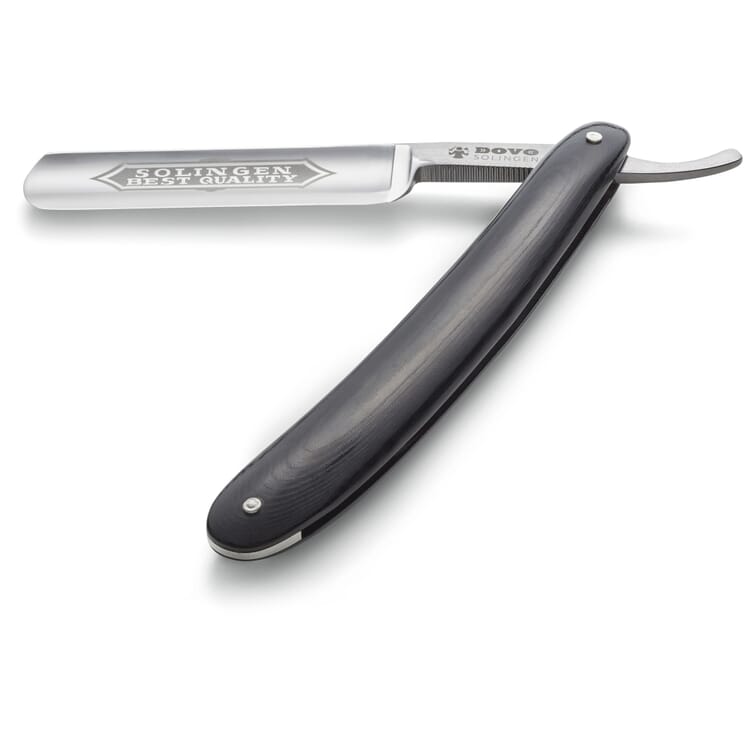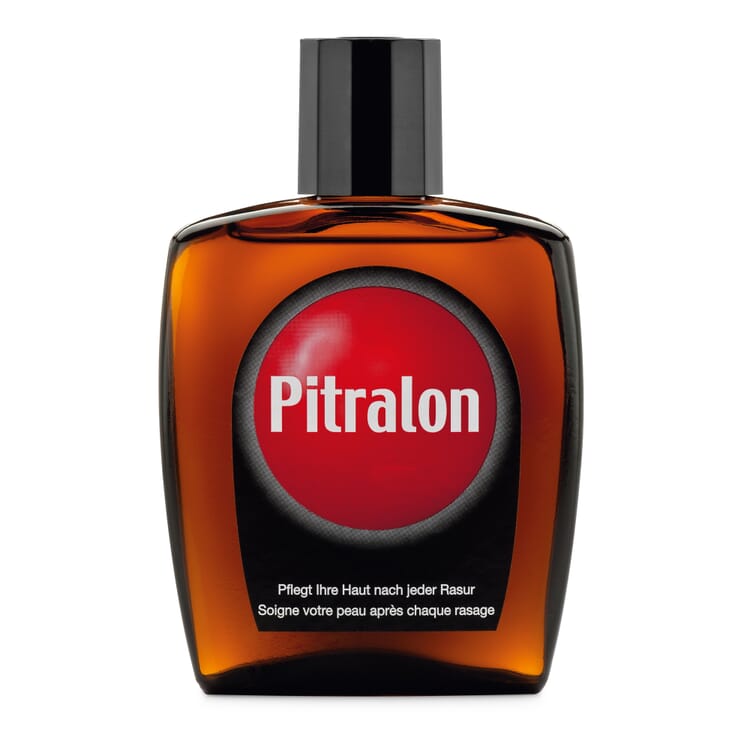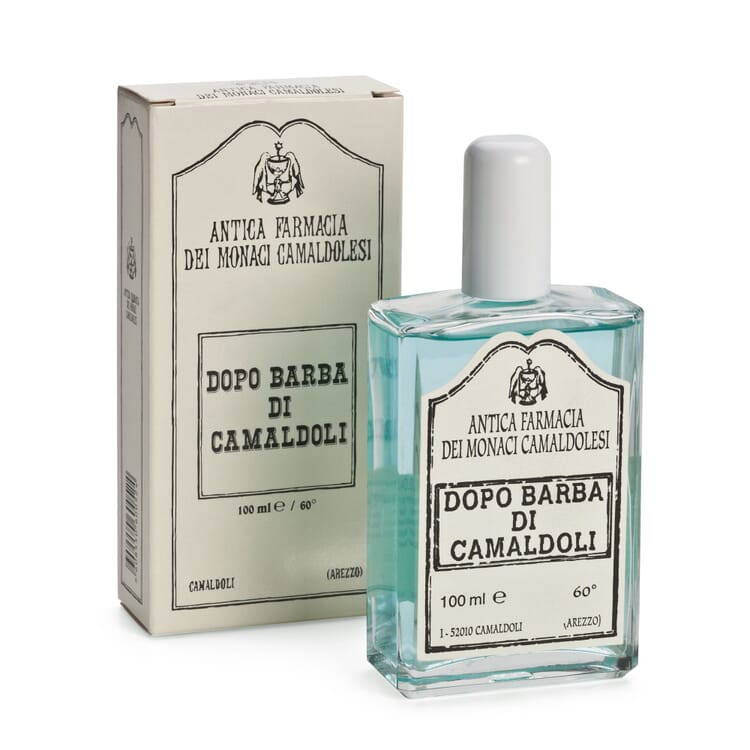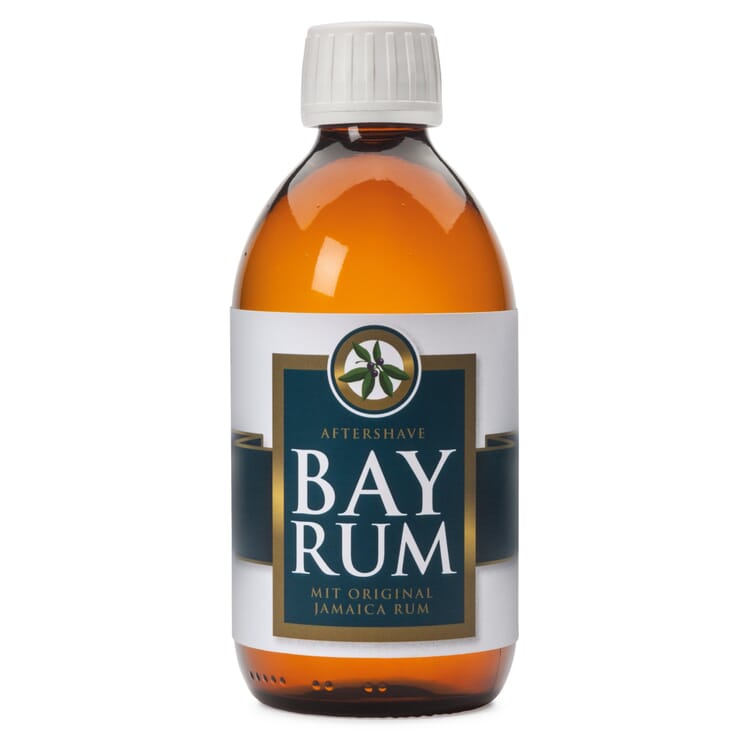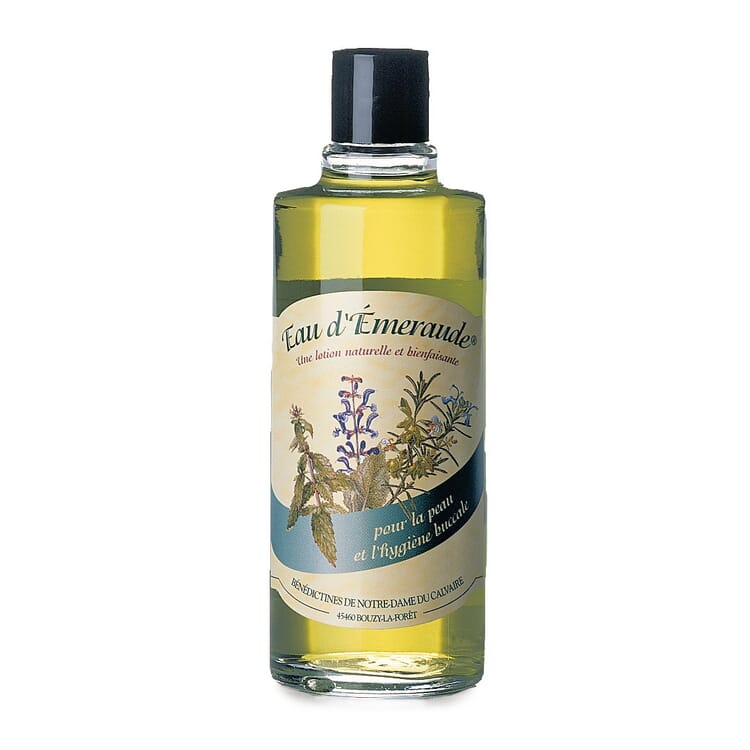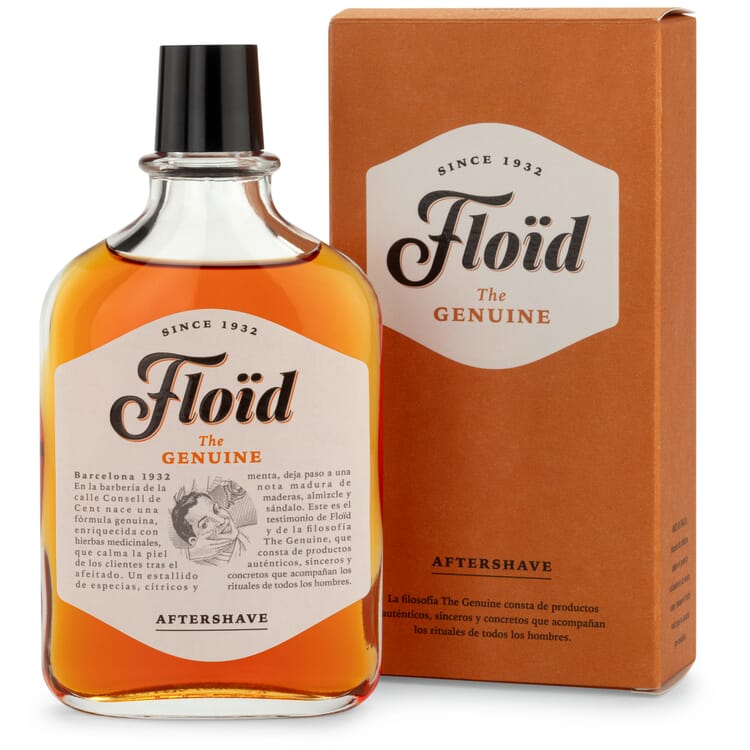Helpful tips
The optimal wet shave
The daily shave is a matter of course for most people. For some, however, the morning ritual is also a relaxing pleasure, without which the day would remain incomplete. Indispensable for such a feeling of well-being are the right tools and utensils: a shaving brush with genuine badger hair trim, a sharp razor or blade razor, shaving soap that can be whipped into a creamy lather with stand in the jar, as well as nourishing and refreshing lotions and waters that prepare for shaving and round it off. A selection of such good things you will find on this page.
The preparation
Barley Corn Shaving Towel Twisted Half Linen
The barber uses a damp hot towel applied before lathering to prepare the beard hair and skin for shaving. After shaving, a fresh towel removes foam residues. This towel is made of twisted half-twisted linen in barley grain weave, a particularly robust type of weave. Pure white and due to the half-twist nice to the touch.
The choice of shaving brush
From time immemorial, it must be badger hair, because only with its fine tips can good shaving soap be whipped into the finest, creamy lather. Unsurpassed is silver tip badger pluck, the white badger hair silver tip. It is once again significantly finer, softer and more flexible than the gray Dachszupf. The tapered hair can absorb a lot of water and whip up a particularly dense and creamy lather. If you want to keep it a little more affordable, choose brushes with a trim of gray badger hair or strong pig bristle, which also has a stronger massage effect when lathering. Instead of natural hair, we also offer shaving brushes with synthetic trim, which is similar to badger hair in softness and use and is somewhat easier to care for. We recommend to store it upside down hanging like the shaving brushes with real hair. Thus, shaving brushes can last up to ten years and then be re-stocked.
The correct lathering
The shaving soap dissolves the outer fat layer of the beard hairs so that they absorb water and swell. Because the skin also swells from the water, the beard hairs stand up vertically - and are then ready for shaving. No shaving foam or shaving gel from the spray can reaches the creamy creaminess and thus the effectiveness of a self-foamed shaving soap or a shaving cream from the tube. However: Only an alkaline (and not pH-neutral) foam provides a high swelling effect.
The razor
The wet shave with the razor plane needs some practice and a little dexterity, once you have both, it proves to be just as fast and thorough as the shave with system blades and also brings two tangible advantages: The blades are cheaper and more environmentally friendly in terms of manufacturing and disposal, as they are made entirely of metal. They are easier (and safer) to operate than razors, and they are also sharper and, taking into account the cost of the blades, cheaper than the swing-head razors. Shaving with a straight razor is just as thorough.
Elementary tool: the shaving crucible
Only in it, with a good shaving soap or a shaving cream and a brush - preferably made of genuine badger hair - that fine-pored, creamy foam can be created, which allows a skin-friendly and close shave.
For beginners or advanced. The right knife
The razors are available in different widths and with different heads. Wide blades (for example, 6/8") are somewhat heavier and easy to guide, are therefore the first choice for beginners. The narrower the blade, the more maneuverable and direct in guidance, but also the more demanding in handling, especially if it is made with a straight head.
After shaving
After shaving, all soap residues must be carefully removed from the skin with lukewarm water. Barley shaving towels also do a good job here. An astringent aftershave, which neutralizes the skin, completes the shave.





